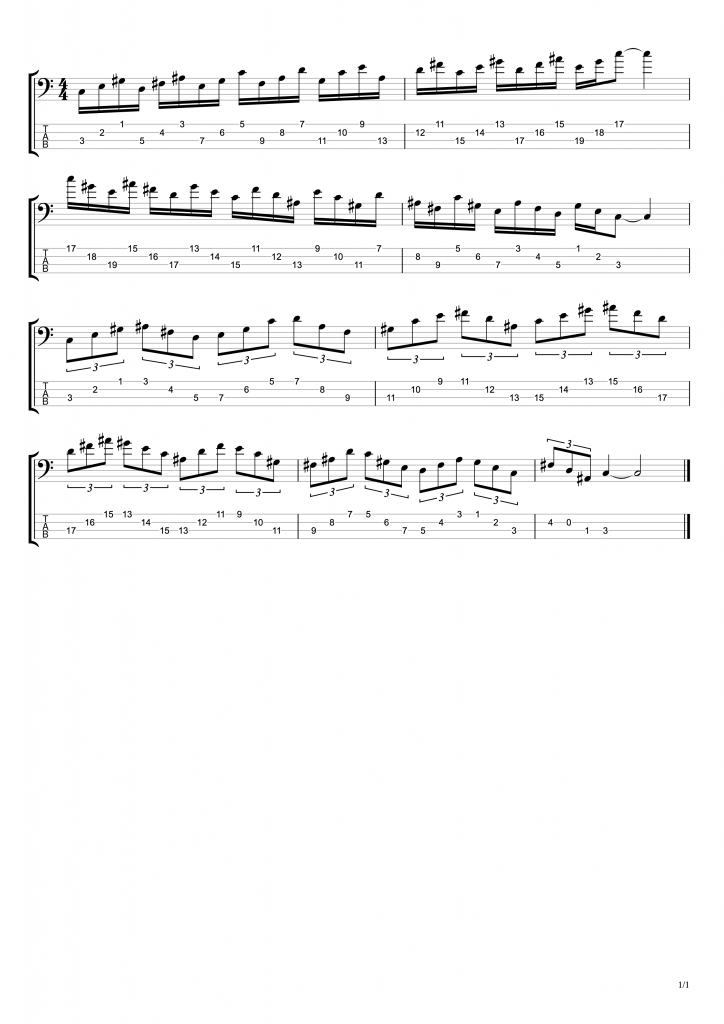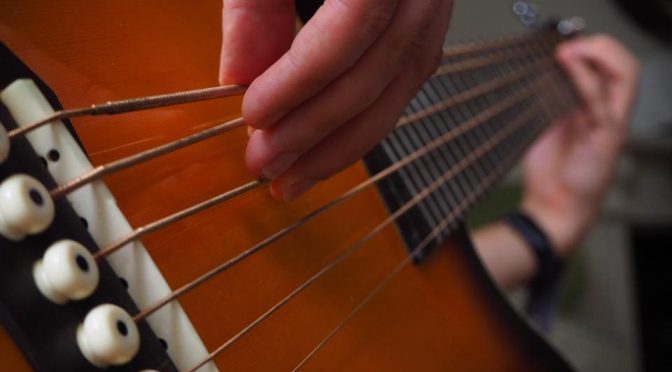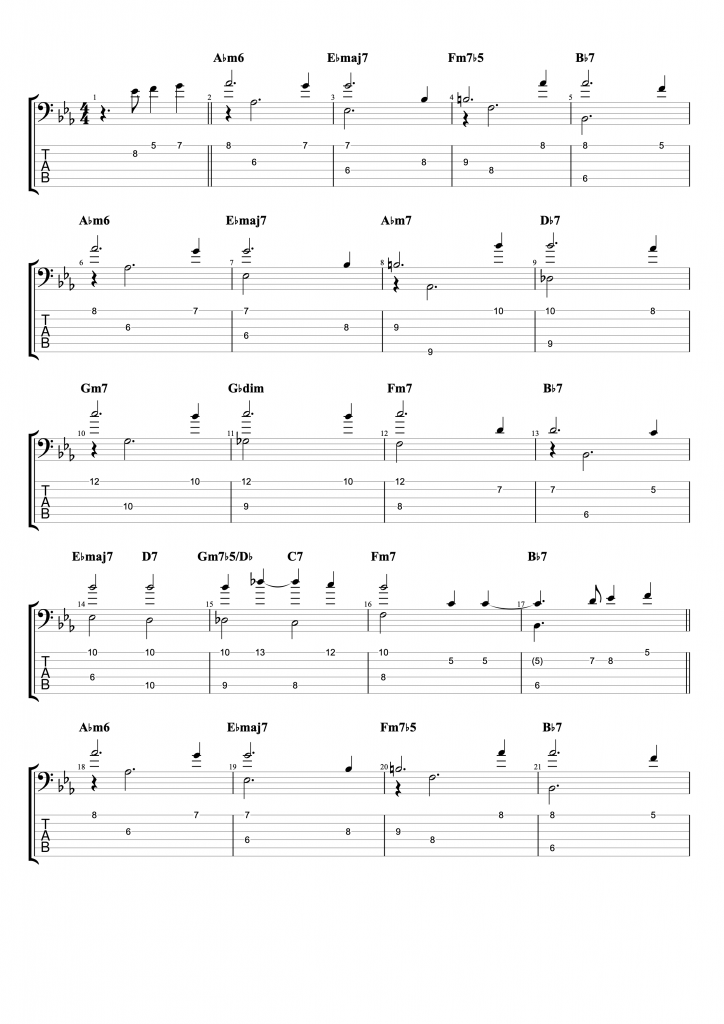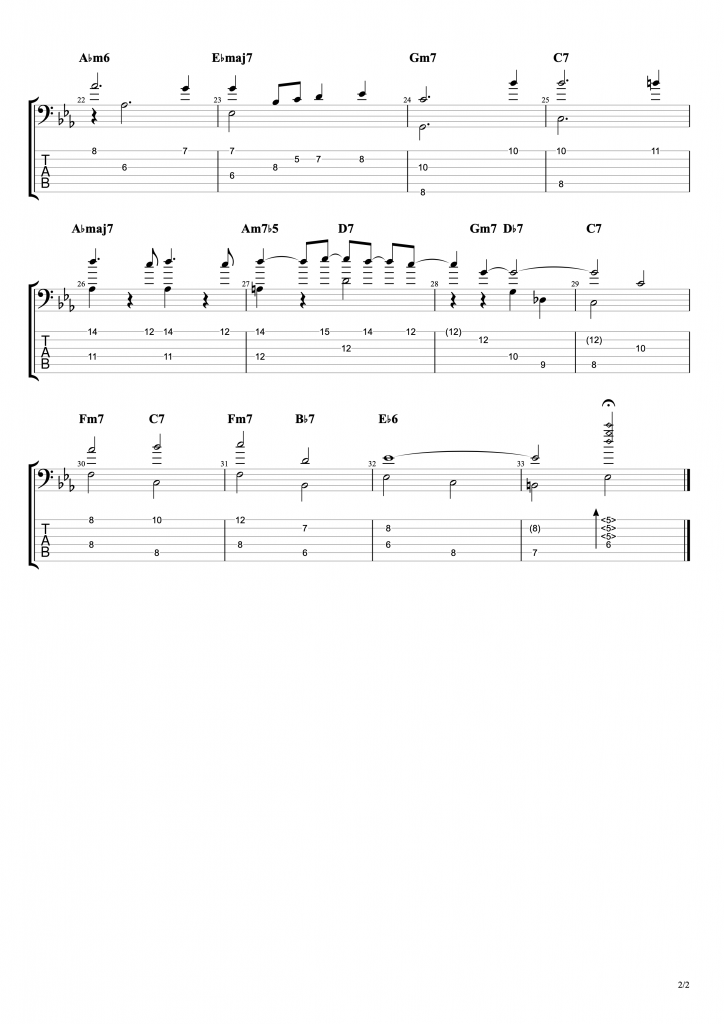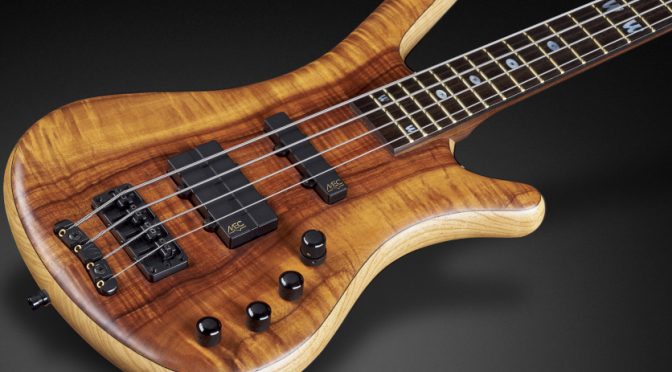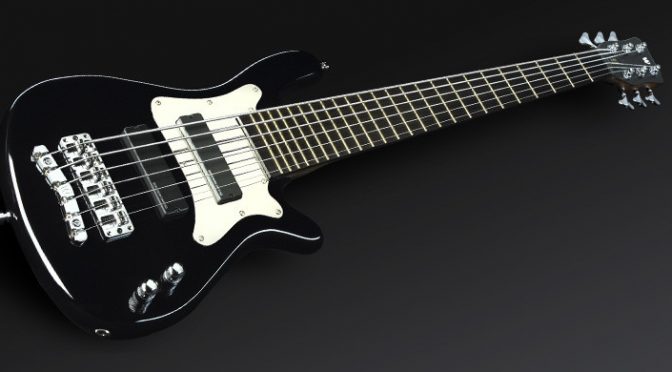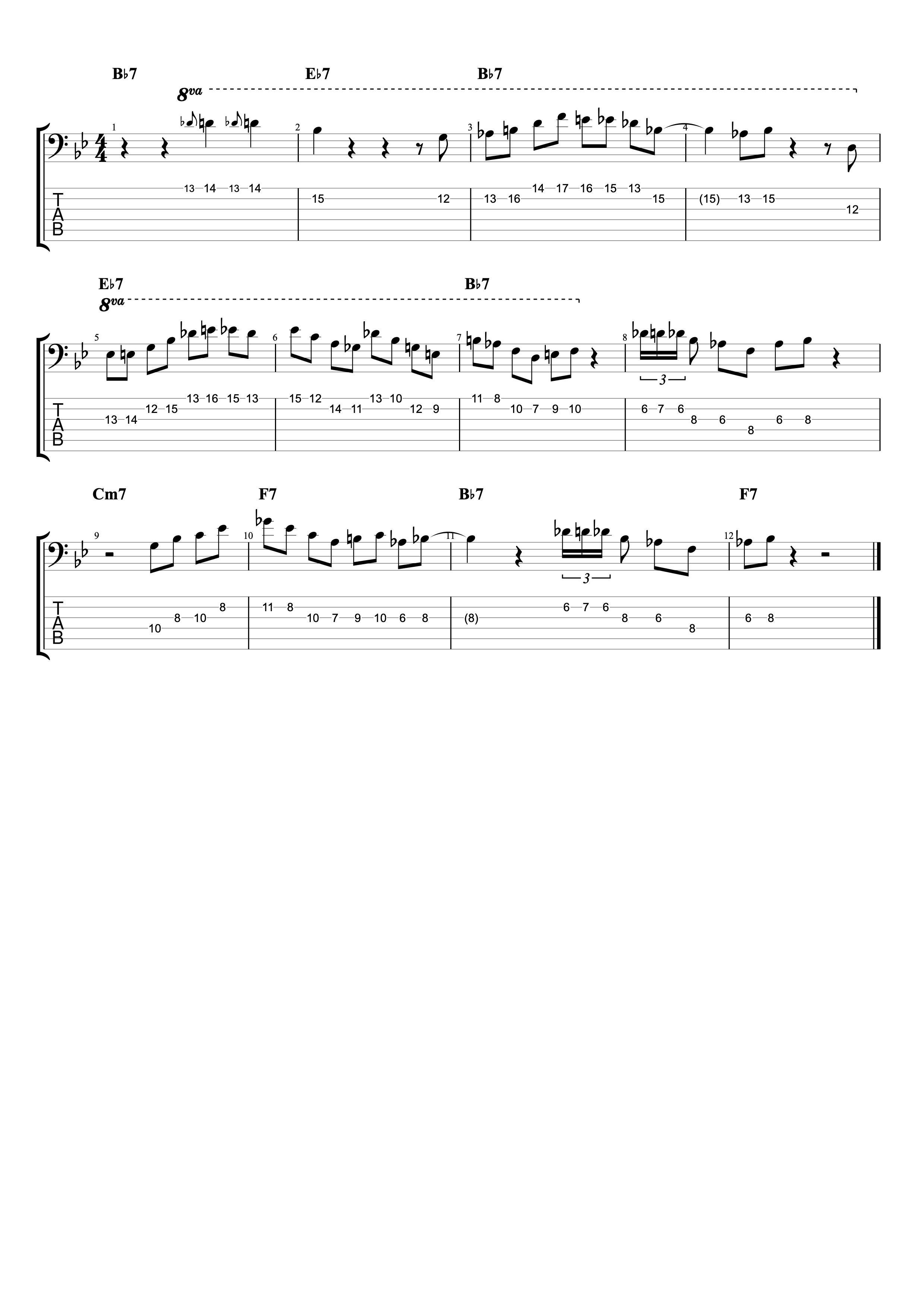Augmented & Whole Tone Symmetrical Jazz Bass Exercises – Bass Practice Diary – 9th July 2019
This week I’ve been practising symmetrical jazz bass exercises. Symmetrical means anything that uses the same repeating intervals over and over. For example diminished chords are symmetrical because they use only intervals of a minor 3rd. And in this video I’m using augmented triads (major 3rds) and the whole tone scale (major 2nds).
Why practice symmetrical exercises?
I was first turned onto the idea of practicing symmetrical exercises years ago when I first ready Ray Brown’s Bass Method. For those of you who don’t know, Ray Brown was a pioneering jazz upright bass player. And he is famed as an innovator of using the upright bass for playing bop style bass solos. So his book gives a great insight into how he thinks.
But he doesn’t use a lot of words, it’s mostly just exercises and there are many of them. There are pages and pages of symmetrical exercises and all he tells us is that we should practice them alongside scales because they’re extremely useful for playing jazz vocabulary. But he doesn’t explain why, and it took me a while to fully appreciate just how useful these exercises are.
First of all, the fact that these exercises are symmetrical means that they work over a number of different chords, not just one. In the video I’m using dominant 7th chords as an example. If you use an exercise to harmonise a dominant 7th chord. And every interval in the exercise is the same. Then logically you can use the same exercise to harmonise different dominant 7th chords starting with a root note on every single note in the exercise.
The augmented/whole tone exercise
The exercise in the video is built around the whole tone scale starting and finishing on C. It has six notes in it, C, D, E, F#, Ab and Bb. And the six notes are harmonised into two augmented triads, C, E & Ab and D, F# & Bb. These notes can be used to harmonise the following dominant 7th chords. C7, D7, E7, F#7/Gb7, G#7/Ab7 and A#7/Bb7. The scale will create the intervals root, 9th, maj 3rd, #11th, b13th and dominant 7th. Three chord tones (R, 3rd, 7th), one unaltered extension (9th) and two altered extensions (#11, b13).
